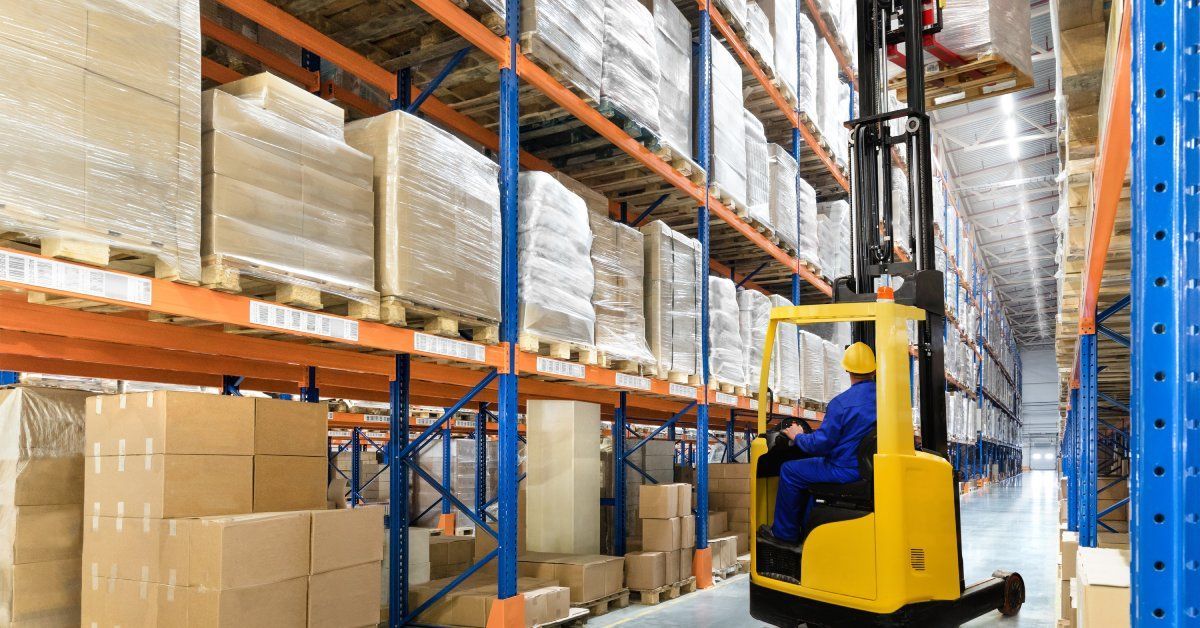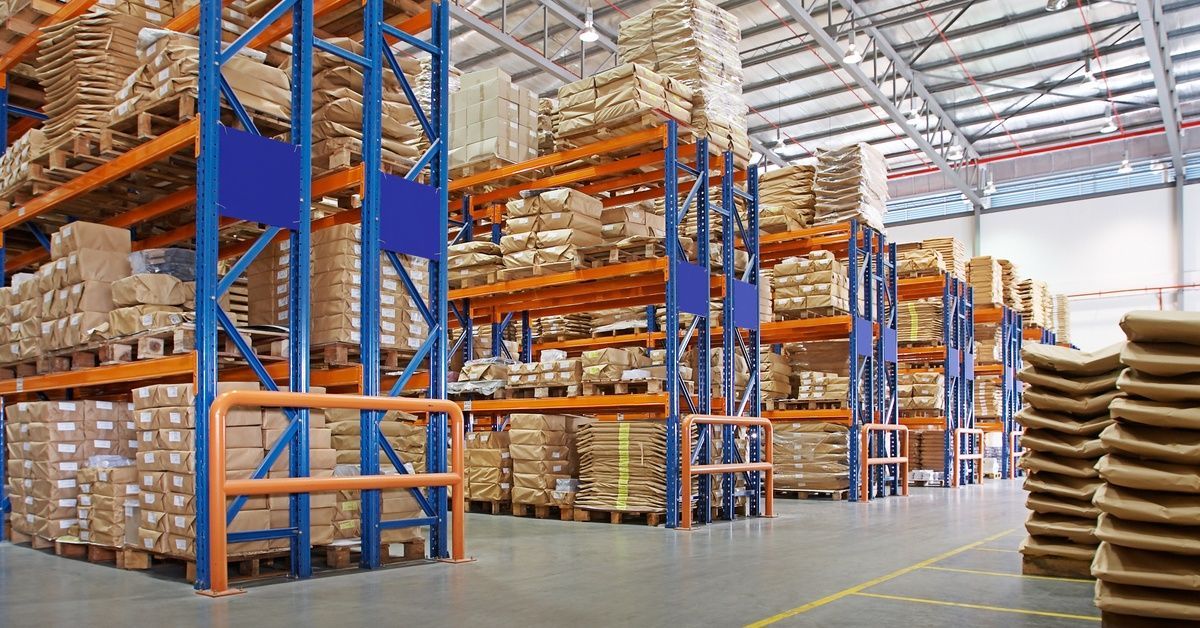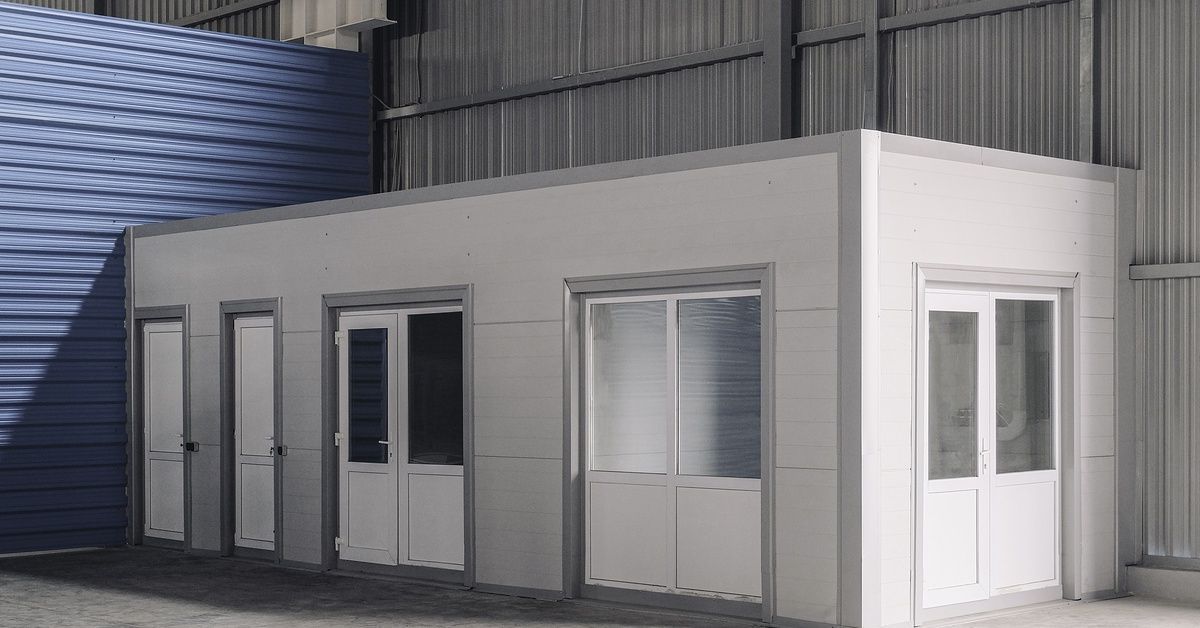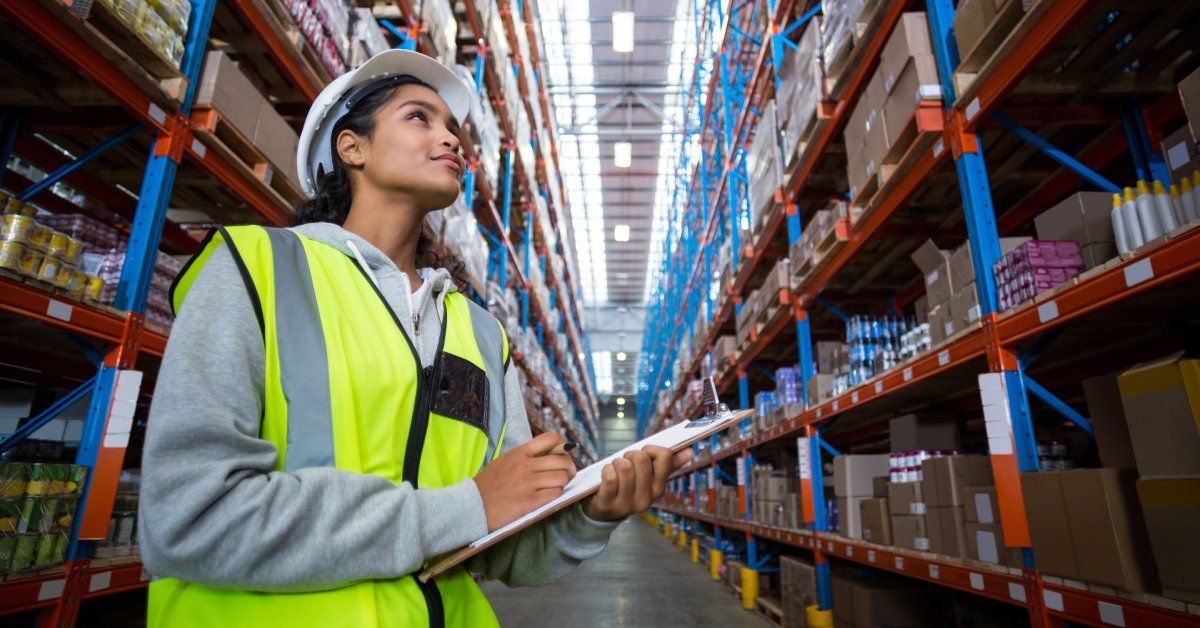Pallet Rack Safety Tips: Preventing Accidents and Impacts
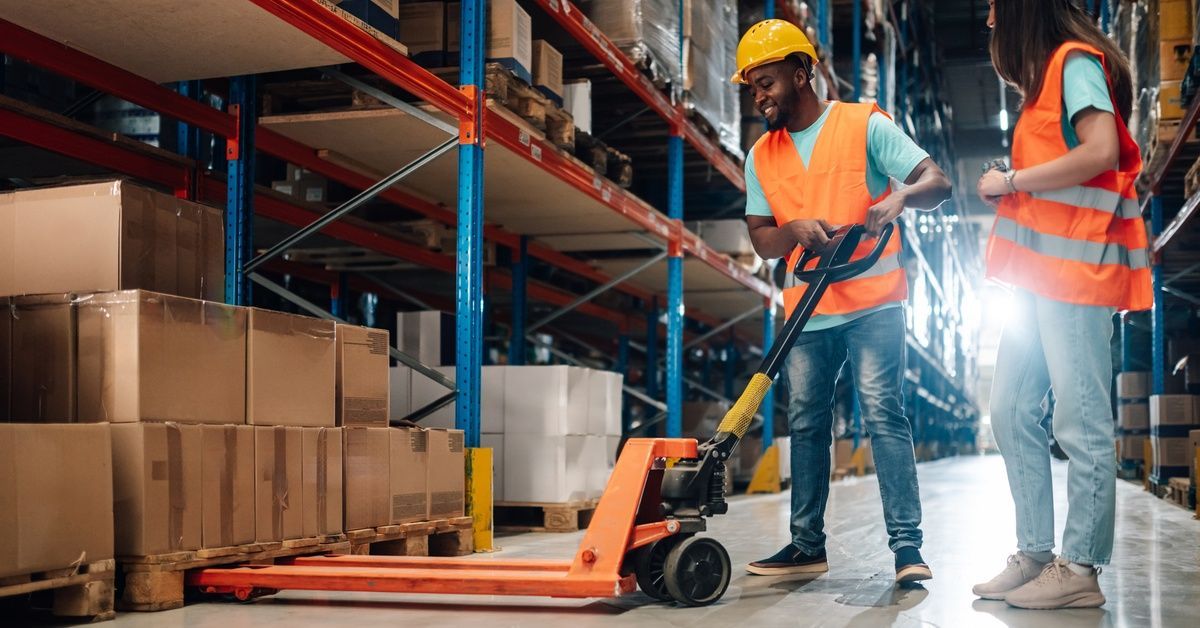
Every day, thousands of warehouse workers navigate towering storage structures that hold tons of inventory. However, when these systems fail or are misused, it can lead to major consequences.
If you’re interested in learning valuable pallet rack safety tips to help prevent accidents and impacts in your workplace, keep reading. You’ll discover how to identify common hazards, implement effective safety protocols, and create a culture where every team member prioritizes safety.
Conduct Regular Pallet Rack Inspections
Pallet rack systems require consistent monitoring, so workers can identify problems before they become hazardous. Schedule weekly visual inspections, during which trained personnel examine every rack component for signs of damage, wear, or misalignment.
Focus your inspections on critical areas that experience the most stress. Check upright frames for bends, cracks, or loose connections. Then, examine beam connections to verify that they’re properly seated and secure. Look for missing safety clips, damaged wire decking, and any signs of rust or corrosion that could compromise the structure’s integrity.
To help identify patterns and prioritize repairs, document every inspection with detailed reports that track issues over time. When you spot damage, always remove the affected rack from service immediately, and mark it clearly to prevent accidental use.
Additionally, consider bringing in professional engineers for annual comprehensive inspections. These experts can identify structural issues that might escape routine checks and provide recommendations for system improvements.

Establish Clear Weight Capacity Guidelines
Every pallet rack system has specific weight limits that you must never exceed. Post these capacity ratings clearly on each rack section, and train your team to calculate load weights before storage.
Calculate the total weight of both the pallet and its contents, and keep in mind that weight distribution matters just as much as total weight. To prevent dangerous stress concentrations, make sure to concentrate heavy items on lower levels and distribute loads evenly across beam lengths.
Establish standardized loading procedures that your team consistently follows. These procedures should specify acceptable pallet sizes, weight limits for different rack levels, and proper load positioning techniques. When teams follow these guidelines religiously, you eliminate one of the most common causes of rack failure.
By performing regular spot checks, you can monitor compliance and address any violations immediately. To reinforce its importance, make weight capacity compliance a key performance indicator for warehouse staff.
Implement Proper Forklift Operation Protocols
Forklift impacts represent a leading cause of pallet rack damage in warehouses. Establish strict speed limits in rack areas, and ensure operators maintain clear sight lines when navigating narrow aisles.
Also, train forklift operators to approach racks straight-on rather than at angles. This technique reduces the risk of catching rack uprights with extended forks. To prevent sudden movements that could destabilize racks, require operators to come to complete stops before raising or lowering loads.
Install physical barriers, such as guardrails or bollards, around rack uprights in high-traffic areas. These protective measures absorb impacts that might otherwise transfer directly to your storage systems. To increase visibility even further, use bright colors or reflective materials.
Implement a zero-tolerance policy for reckless forklift operation near racks. Even minor impacts can create damage that compromises structural integrity over time.
Use Appropriate Storage Systems
Selecting the right pallet rack storage systems for your specific needs prevents many safety issues from occurring. Different applications require different rack designs, and using the wrong system creates unnecessary risks. Some effective systems include:
- Selective pallet racks: For facilities that require direct access to every pallet, these systems provide excellent visibility and accessibility. However, they require more floor space than high-density alternatives.
- Drive-in racks: These systems maximize storage density for similar products but limit access to last-in, first-out inventory rotation.
- Push-back systems: By utilizing gravity-fed rails, these systems automatically advance the next pallet forward when the front load is removed. This design reduces forklift travel into rack structures, minimizing impact risks.
Evaluate your current storage needs, and consider whether your existing systems match your operational requirements. Mismatched storage systems force workers to use equipment in ways that increase accident risks and reduce efficiency.
Maintain Proper Aisle Spacing and Clearances
Adequate aisle widths prevent the majority of forklift-related rack accidents. For safe operation, calculate minimum aisle widths based on your largest forklift’s turning radius plus additional clearance.
Standard counterbalance forklifts typically require 12–14 feet of aisle width for safe operation, whereas reach trucks can operate in narrower aisles of 8–10 feet. However, these are minimum requirements—adding extra clearance improves safety margins and operational efficiency.
When planning aisle layouts, factor in your building’s structural elements. Columns, fire protection systems, and electrical equipment all affect available clearances. Rather than trying to work around them later, account for these obstructions during the design phase.
Also, mark aisle boundaries clearly with floor striping or other visual indicators. This marking helps forklift operators maintain proper positioning and alerts pedestrians to vehicle travel paths.
Install Effective Safety Equipment and Barriers
Column protectors absorb impacts that would otherwise damage rack uprights, while end-of-aisle barriers prevent run-away vehicles from entering storage areas.
Select protection systems that align with your unique risk profile. Heavy-duty steel guards work well in high-traffic areas with large forklifts, while lighter polymer systems may suffice for smaller operations. Ensure that all protection systems anchor securely to your floor, and position them to deflect rather than stop impacts completely.
Install warning systems such as audible alarms or flashing lights at blind corners and intersections. These systems alert operators to potential conflicts before accidents occur, but you may want to also use proximity sensors that detect when vehicles approach too closely to rack structures.
To guarantee continued effectiveness, regularly inspect and maintain all safety equipment. Replace damaged barriers immediately, and upgrade systems as your operations evolve.
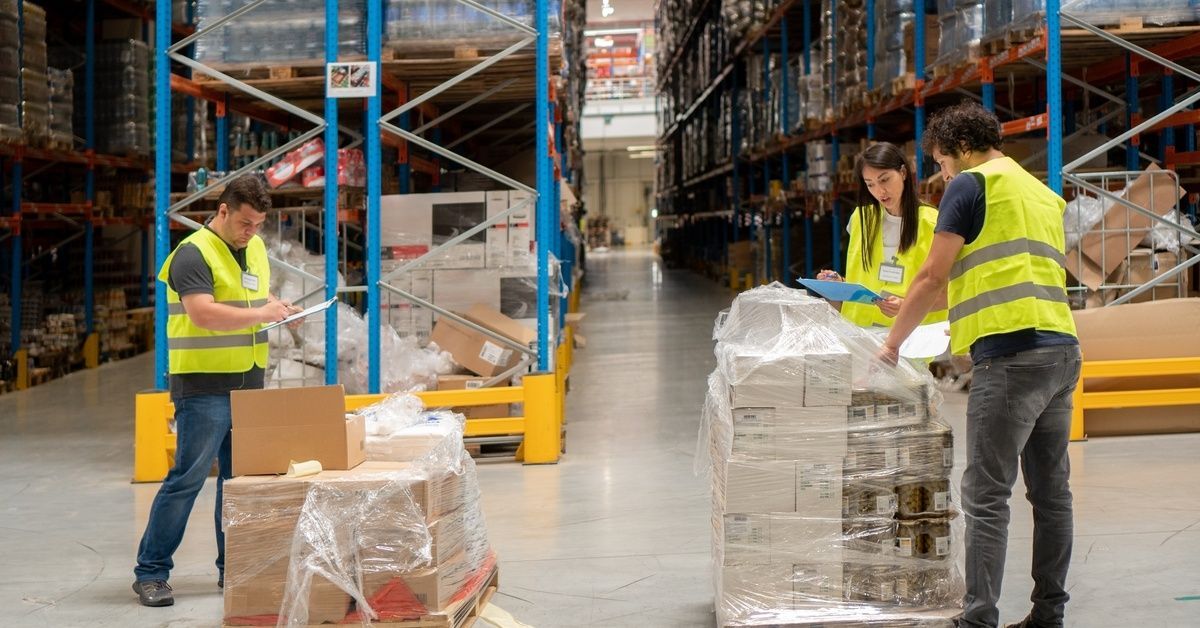
Train Your Team on Rack Safety Protocols
Comprehensive safety training fosters a culture where every team member actively contributes to preventing accidents. Develop training programs that encompass both general safety principles and specific procedures applicable to your facility.
Start with fundamental concepts such as weight capacity recognition, proper lifting techniques, and hazard identification. Next, progress to equipment-specific training that covers forklift operation, manual handling procedures, and emergency response protocols.
Finally, conduct hands-on training sessions where workers practice safe procedures under supervision. This practical experience builds confidence and helps identify potential issues before they become problems. Schedule regular refresher training to reinforce key concepts and introduce new safety initiatives.
To address safety concerns and near-miss incidents, establish clear reporting procedures, and encourage workers to speak up about potential hazards without fear of punishment. Use these reports to identify systemic issues and continually improve your safety programs.
With these pallet rack safety tips, you can effectively prevent accidents and impacts while supporting your operational goals. Contact Tyler Supply Company today to start optimizing your operations. Don’t wait for an accident to highlight safety deficiencies—take proactive steps to protect your workers and your business now.



